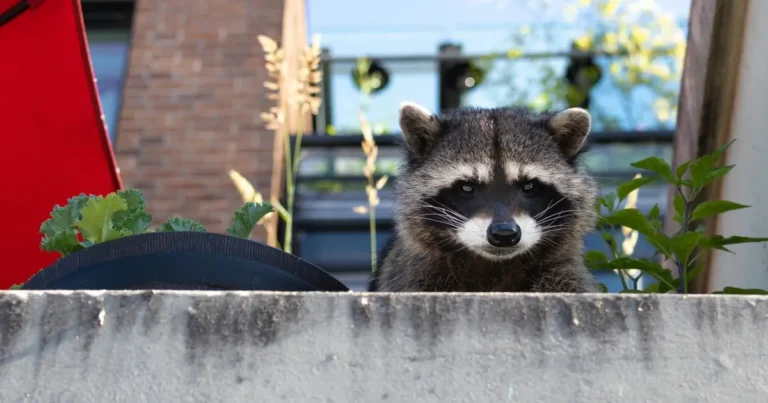
Shasta was a 10-month old Australian Shepherd mix. She was smart, loving, and enthusiastic, and never went far from the side of her owner, Anik. On Friday, November 23, Shasta was on a walk with Anik, her partner, and their other dog Chinook. It was a typical afternoon – around 3 pm on the Trozzo Creek forest service road. It’s a popular spot for dog walkers and families, a road that Anik had walked for more than a decade.
But the quick snapping of metal forever shattered Anik’s world: Shasta had sniffed the bait of a Conibear trap only feet from the service road. For 10 minutes, Anik and her partner fought to get the trap off of Shasta's head but were unsuccessful.
They carried Shasta's lifeless body home and removed the trap with a metal grinder. A Conservation Officer investigated and informed the family that the trap was legal – there would be no repercussions. Today, Anik and her family are in mourning, struggling with the reality that a life so full of spirit and joy is now extinguished.
Traps kill several dogs in British Columbia every year. They are frequently near publicly accessible roads or trails, baited, and unmarked. Residents who walk their pets or children along these roads have no idea that death and suffering waits just feet away – until it is too late.
Informing outdoor recreationalists that traps are nearby is logical. Whether they are dog walkers, families on hikes, photographers, cyclists, or even consumptive users like hunters and fishing enthusiasts, not being aware that significant risks to their safety is not only unreasonable, it is irresponsible.
We are calling on the government of British Columbia to immediately enact a trap warning sign system that requires trappers to post bright, visible signage at all access points when traps are within 20 metres of a street, service road, trail, pathway, or other publicly accessible area.
